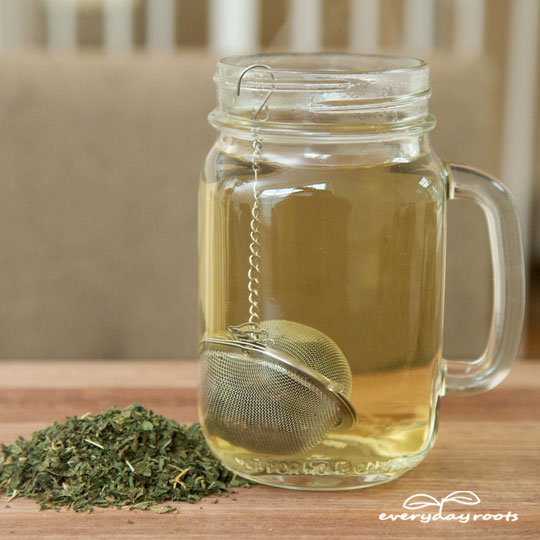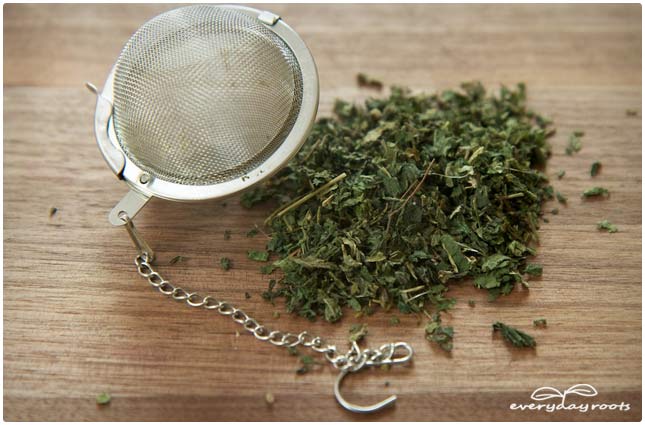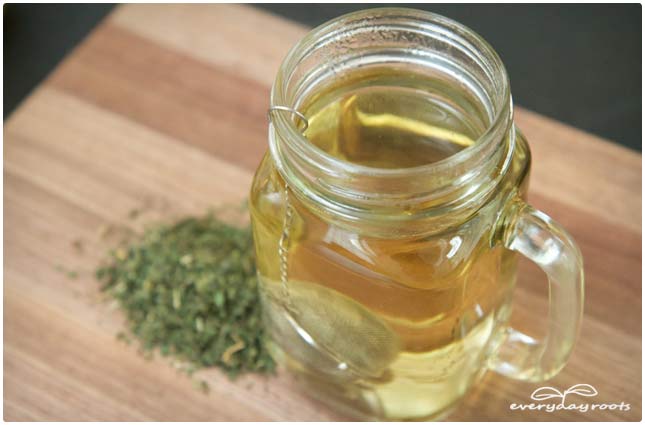How To Become More Self-Sufficient Without Starting a Full-Blown Farm…
Want to start preserving your harvest, making your own soap, or building a backyard root cellar — but not sure where to begin? “Homesteading Advice” gives you instant lifetime access to 35+ practical homesteading books on food preservation, veggie gardening, DIY natural cleaning products (save over $250 per year with this skill alone), brewing, off-grid energy, and a whole lot more…
Click Here To Check It Out Now!
If you’ve ever brushed by a patch of stinging nettles, or grabbed some unknowingly in your garden, you know the extraordinary discomfort that they can cause (the thought of the feeling alone makes me wince.) Strangely enough, this prickly plant has shown promising evidence as a means of actually relieving discomfort, joint pain in particular.
It helps relieve the pain in sore joints because it contains active compounds that reduce inflammatory cytokines. Cytokines, such as the strangely named TNF-? and IL-1B, are messengers between cells, and cause inflammation due to an immune response.
The compound is in the nettle leaves, and inhibit the protein that activates TNF-? and IL-1B in the synovial tissue lining the joints, where they would cause the swelling and pain. It is also thought to help with painful attacks of gout as it aids in kidney function, helping to neutralize uric acid and prevent it from crystalizing.
Nettle tea may not sound the most inviting but it’s cost effective, simple to utilize, and easy to access, making it just the thing to take the sting out of your joint pain.

You will need…
-1 cup of fresh nettle leaves OR 1 teaspoon dried if you can’t locate a fresh plant
-2 cups of fresh water
-A pot
-If gathering yourself, long sleeves, jeans, gloves, and scissors
-Cinnamon and/or honey (optional)

Directions
Nettle is widely distributed across the world, from northern Europe and Asia to Canada and the United States, so there’s a good chance you have some close by. If you can, go out and collect 1 cup of the leaves, making sure to dress appropriately to avoid getting stung (or perhaps this can be a chore for a naughty grandkid?)
When you have your leaves, put them in a pot and add 2 cups of fresh water-for a stronger flavor reduce the amount of water used and vice-versa. Bring to a near boil and then reduce the heat, letting the tea simmer for several more minutes. Strain the tea and enjoy 1-2 times daily. If you are using dried, use 1 teaspoon for every cup of water and let it steep, covered, for 5-10 minutes. You can add honey for taste if you’d like, or cinnamon, which may also help inflammation.

You can also buy nettle tea at the store, but I prefer to make mine fresh. It at least helps keep it out of the garden! Eartheasy.com also gives a great tip on how to use the leftover cooked leaves-eat them with a bit of butter melted over the top, or add to a soup or stew. If you’re going to do this, taste a small piece to ensure they are cooked enough that the sting is all gone!
P.S. Take a look at the Everyday Roots Book. It’s a Book that we created to help you replace the toxic products and medications in your home with healthier, all-natural alternatives. It contains 215+ effective home remedies and covers everything you will need to protect your family and save money every month.
By Claire Goodall – Claire is a lover of life, the natural world, and wild blueberries. On the weekend you can find her fiddling in the garden, playing with her dogs, and enjoying the great outdoors with her horse. Claire is very open-minded, ask her anything – Meet Claire?

